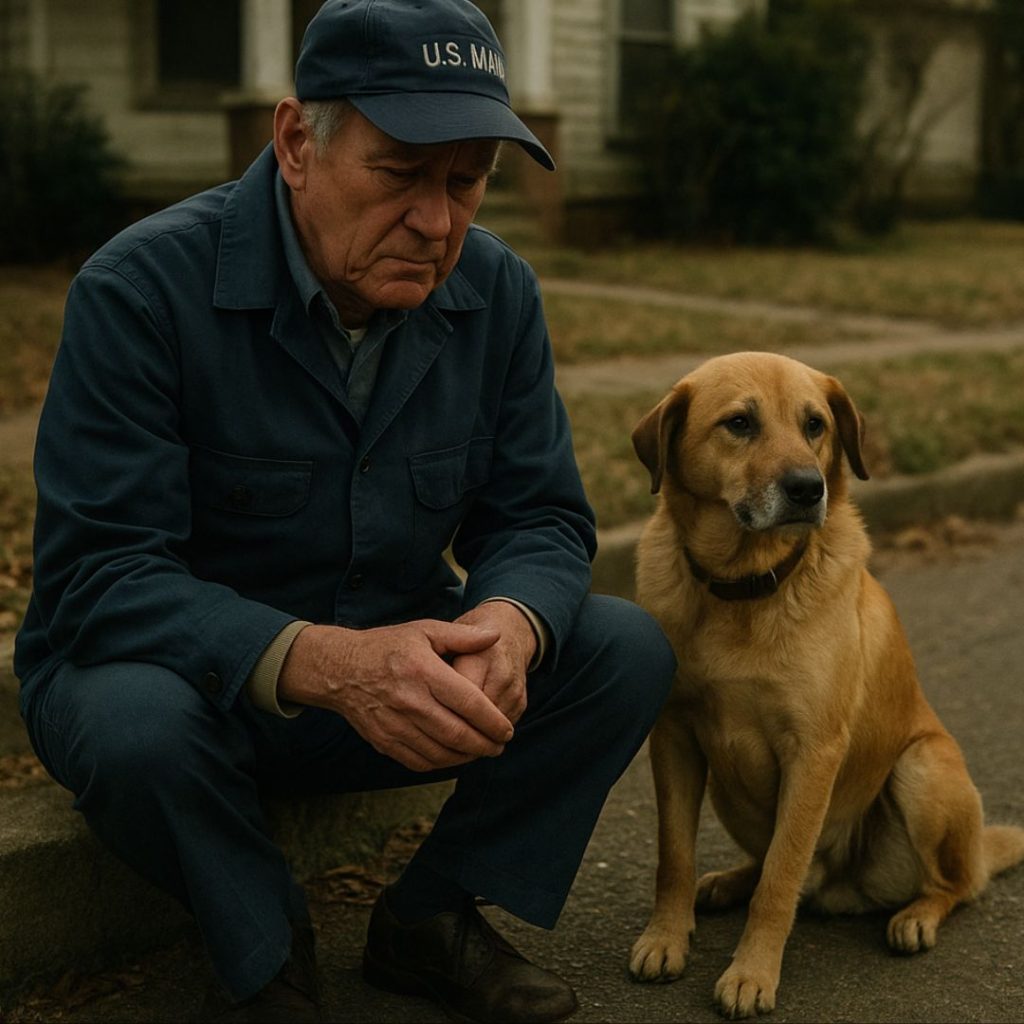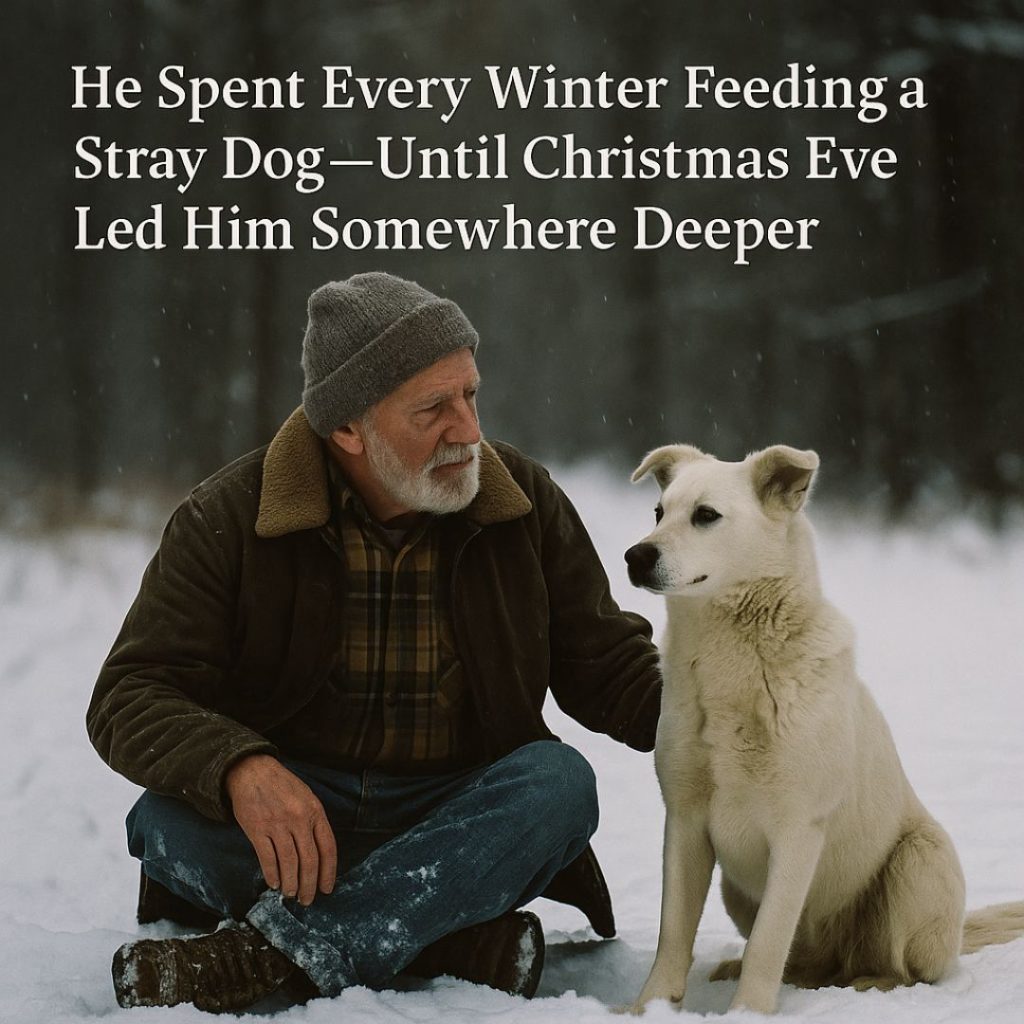I watched a man bleed out on a dirt road in Nicaragua through the lens of a Nikon F2—and didn’t flinch. But when the dog limped into my darkroom that night, I dropped the camera for the first time in thirty years.
The back porch groaned under my weight. So did my knees, but that was old news. The air smelled like mildew and pine. A summer storm had just passed through, left everything damp and quiet. I pulled my flannel shirt tighter around me and took another sip of lukewarm coffee.
In the distance, I could hear a lawnmower sputtering to life. Some young guy, probably, still believing a tidy yard meant control. Let him learn.
Inside, the house was still. My house. My tomb. Every wall lined with the ghosts of moments I stole with a shutter click. Bobby Kennedy waving from a convertible in ’68. A Vietnamese mother cradling her dead child. The charred shell of a Detroit liquor store after the riots. I’d been there. Not because I wanted to be. Because I had to be.
They called me “the woman with iron lungs.” Said I didn’t blink when bullets flew or presidents cried. Said I had eyes like ice and a heart to match.
But they never asked what it cost.
Not one of those bastards at the Tribune, not even after Graham took my shot—my damn shot—of Carter wiping a tear behind the Oval Office curtain. It ran front page coast to coast, Pulitzer gold, his name below it like he earned the trust I spent years building.
I quit that year.
Bought this creaking house near Asheville, boxed up my cameras, and stopped saying the word “capture.” Felt wrong in my mouth. Like theft.
Until him.
He limped in like he owned the place.
The screen door hadn’t latched, and the storm had knocked it wide. I’d left the red light on in the darkroom out of habit, the smell of fixer and old paper thick in the air.
I heard the panting first—wet and ragged, like something dragging a chain. Then the clicking of claws on concrete. I turned around and there he was.
Three-legged. Mud-caked. Half his left ear missing. Looked like he’d wrestled a bear and lived to bark about it.
But his eyes…
Brown, not special, but deep—like old coffee with secrets at the bottom. He didn’t bark. Didn’t growl. Just looked at me like he knew exactly what I’d lost.
He curled up on the mat near the sink, laid his head on a stack of expired Ilford paper, and closed his eyes.
I didn’t throw him out.
Didn’t ask where he came from or why he’d chosen me. I just sat back down on the stool and stared at the roll of film hanging to dry. And for the first time in years, I felt something move inside me that wasn’t bitterness.
I named him Print.
Not because it was clever, but because it was honest.
He didn’t care for dog food, preferred peanut butter on toast. Slept by the darkroom sink most nights and watched me with those tired eyes like he was waiting for the ending.
He never barked. Not once.
Just limped around, stared through walls like he’d seen more than I had—which was saying something. The vet said he’d likely stepped on a trap and chewed the leg off himself to survive. I believed it.
Something about him made me start shooting again.
Not people. Not war. Just…things. My neighbor’s clothesline. A broken mailbox. A rusted tricycle on its side.
Print in the background of every shot like a ghost.
At first, I used the old Rolleiflex. Then I pulled out the Polaroid.
God, that drawer.
Years of shots never meant for publication. My mother with curlers in. My brother hugging a birthday cake. Me, barefoot and sunburnt, holding a toy camera like I already knew.
I started adding to it. Every morning, I’d take one Polaroid of something real. No setups. No lies.
A fresh coffee ring on the counter. My veiny hand brushing Print’s mangled paw. The crack in the porch step I kept forgetting to fix.
And then one day, I turned the lens on myself.
It wasn’t flattering.
Nothing ever is at seventy-two with arthritis in your knuckles and half your friends dead.
But it was real.
I sat there, Print in my lap, remote trigger in my hand, red scarf around my neck like I was daring the ghost of Graham to say something.
Click.
The picture developed in 90 seconds. I held it up to the light.
There I was.
Wrinkled, hollow-cheeked, worn.
And alive.
That photo’s still in the drawer. I didn’t label it. Didn’t need to.
Because it wasn’t for them. The editors, the critics, the readers who clipped headlines and never asked who bled for the shot. It was for me.
For the woman who forgot she was more than her best byline.
Print got sick last October.
Didn’t eat for three days. Whined in his sleep, something he’d never done before. He tried to stand and collapsed. I carried him to the truck like a sack of wet laundry and drove through the dark to the vet, my chest tight the whole way.
They said cancer. Aggressive. Everywhere.
I sat with him in the back seat afterward, parked under a streetlight, the drizzle tapping on the windshield like morse code from a god I stopped believing in.
I didn’t cry.
Not then.
Not when they gave him the shot.
Not even when his head slid off my lap like a film reel reaching its end.
But that night, in the darkroom, I took one last Polaroid.
His collar on the hook by the door.
Nothing else in the frame.
And I wept.
Not like the photographers in war movies. Not quiet. Not poetic.
Ugly, shaking sobs that emptied me out until I felt hollow enough to float.
I almost burned the drawer.
Pulled it out, held it over the sink, lighter in hand.
But I didn’t.
Because there was still more to shoot.
Last week, a girl came by.
College kid. Studying photojournalism. Found my name in some dusty magazine archive and tracked me down.
She asked if I had any advice.
I told her this:
“Shoot what scares you. Not what sells. Not what wins awards. But the stuff that makes you feel like your ribs cracked open and spilled truth all over the floor.”
She looked confused, like maybe she’d expected a tip about shutter speed.
Then I opened the drawer.
Let her leaf through the Polaroids.
She cried at the one of Print’s collar.
I didn’t say anything. Just let her feel it.
Because some pictures aren’t meant to be explained.
They’re meant to be remembered.
Now I sit on the porch again, coffee cooling in my hand, knees still singing their old song.
The wind rustles the pine, and I swear I hear claws on the floor inside.
I don’t look.
Don’t need to.
Because some ghosts don’t haunt—they keep watch.
And some pictures don’t fade. Not the ones that matter.
Not the ones you took when you finally stopped hiding behind the lens.
Not the ones with truth in them.
Like the Polaroid of a broken dog and a broken woman, healing one click at a time.


